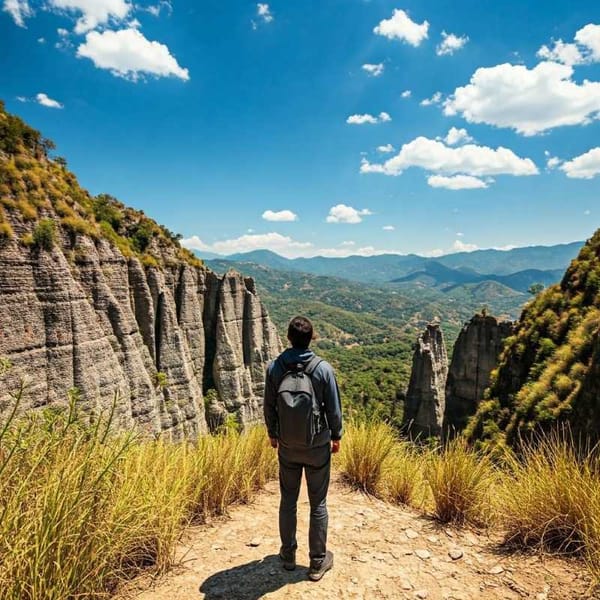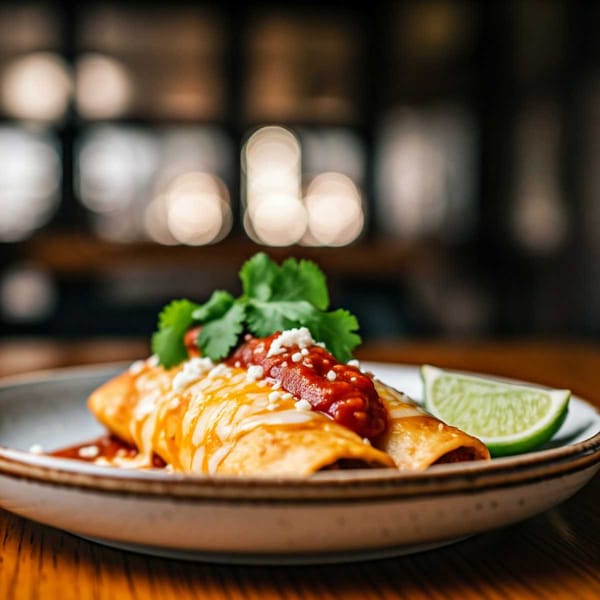Guerrero, the epicenter of organized crime in Mexico
The crime in Guerrero is the toughest test of President Andres Manuel Lopez Obrador's promise to bring peace to the country without using military force.

The crime rate continues to rise throughout Mexico as cartels break up into smaller groups that compete fiercely for territory, yet only one state in the Republic, Guerrero, has at least 40 armed organizations, which represents the toughest test for President Andres Manuel's López Obrador promise to bring peace to the country without using military force, warns the International Crisis Group.
In its latest report on Mexico, this renowned non-governmental organization specializing in the solution and prevention of armed conflict points out that Guerrero is sadly unique among Mexican states for its history of violence and bad government.
The evolution of the violence in Guerrero, it explains, shows the scale of the challenges that President López Obrador faces, as it is by far "the most complex" of Mexico's local conflicts due to the violent competition between organized crime groups, the widespread corruption, and unbridled police collusion.
According to the document, entitled Mexico's Everyday War: Guerrero and the Trials of Peace, the state was once the scene of some of the country's most vicious counter-insurgency repressions during the Cold War and one of the worst atrocities in recent Mexican history: the disappearance of the 43 students from Ayotzinapa in 2014, but today it is the epicenter of organized crime in Mexico, with more groups fighting for territory than in any other region.
At least 40 groups are fighting for a portfolio of criminal enterprises, ranging from the production and trafficking of drugs, mostly heroin for the U.S. market, to newer scams including extortion.
The fragmentation of criminal groups, including self-defense groups, dates back to the murder by the federal forces of Arturo Beltrán Leyva in 2009. Since then, according to the study, organized crime in the state has spread geographically, expanded its range of businesses, and become more dangerous for local groups, especially those suspected of helping competitors.
"With high rates of impunity for serious crimes (several judges and high-ranking police officers are accused of complicity in criminal activities), Guerrero presents the toughest test for President Andres Manuel Lopez Obrador's promise to bring peace to Mexico. The review of the civilian police, the protection of vulnerable populations, and the disarmament of violent groups are essential tasks for the state to emerge from its chronic war, but also for the pacification of the entire country," the organization warns.
As in the rest of the country, the immediate prospects for reducing violence in Guerrero are discouraging, especially at a time when the Covid-19 pandemic and its economic effects threaten to attract official attention and squeeze public resources.
"López Obrador is a still-popular president with more than four years left in his term. Even if his priority now is to address the health and economic effects of the pandemic, he could still make great strides in reversing the extremes of lethal violence in Guerrero and elsewhere in Mexico. One requirement, however, is that his government recognizes that national strategies, whether they are the failed institutional reforms of his predecessors or López Obrador's personalistic and centralist approach, must be adapted to the particularities of regional conflicts," the document states.
Addressing conflict-affected environments like Guerrero requires customized plans that focus resources on the most violent places in Mexico. Short-term interventions, it recommends, should be guided by the imperative of saving lives and alleviating humanitarian crises, while limited deployment, even purely defensive, of the National Guard, should be made in problem areas.
The country's biggest problem, according to the study, lies in the proliferation of criminal organizations: less than a dozen groups devoted primarily to drug trafficking once had most of the money and firepower, but as the "war on drugs" has developed since 2006, they have split into a multitude of smaller and often more aggressive outfits.
"A continuing wave of killings, disappearances, enforced disappearances, and internal displacement shows how criminal violence has transformed into local armed conflicts of which civilians are the main victims. Early signs indicate that these competing groups have no intention of ceasing their activities as a result of the coronavirus," the report concludes.




